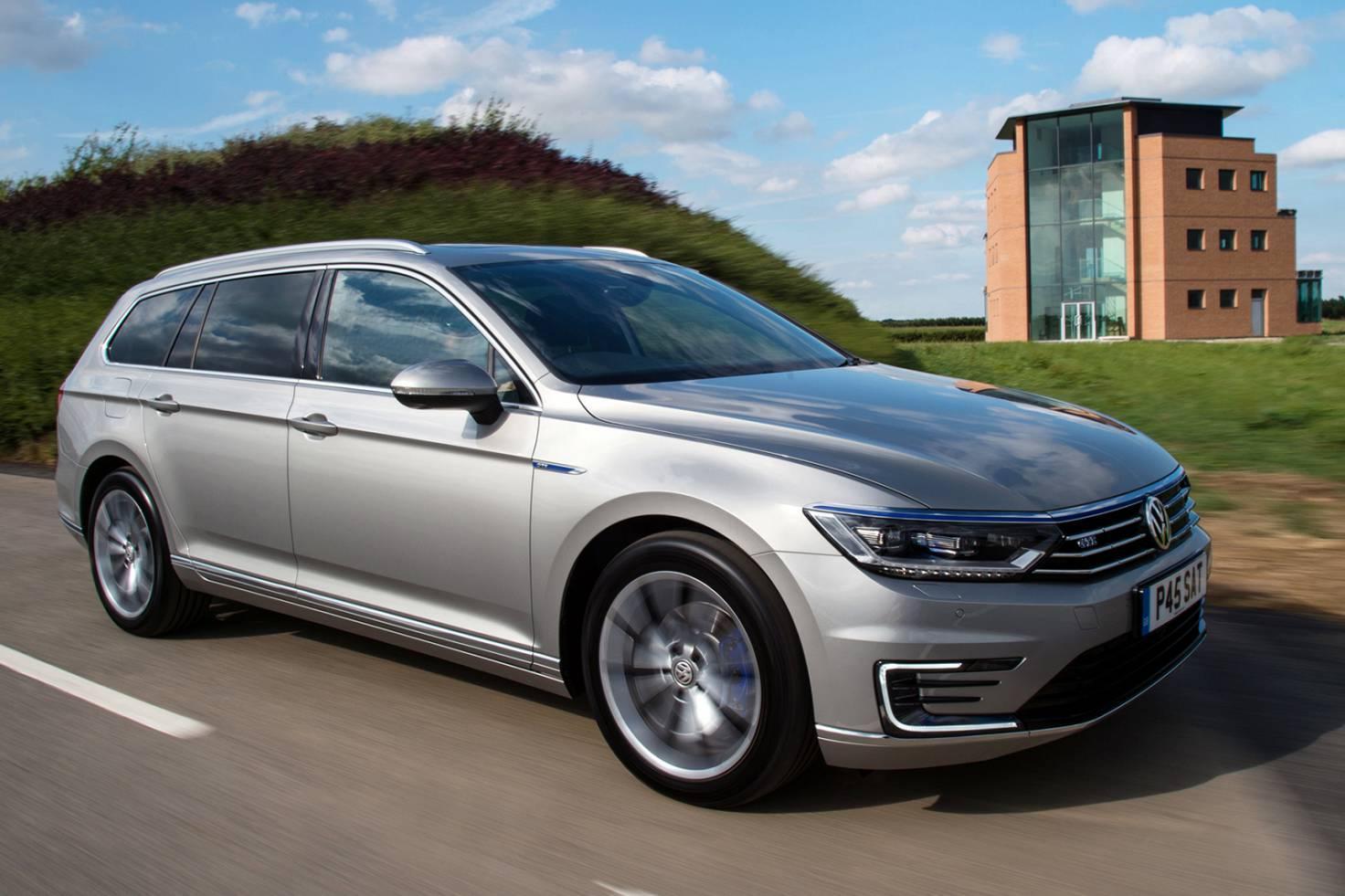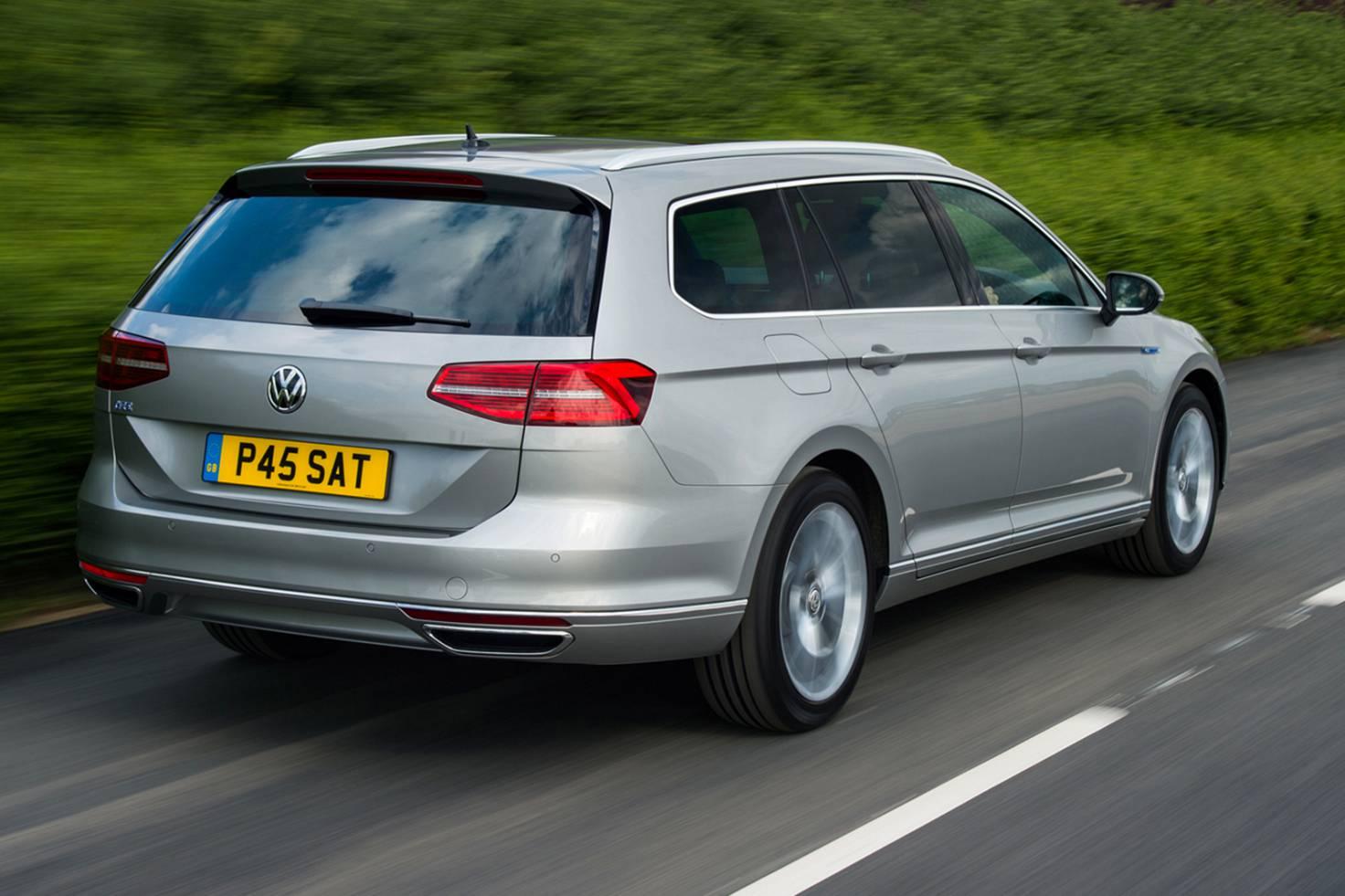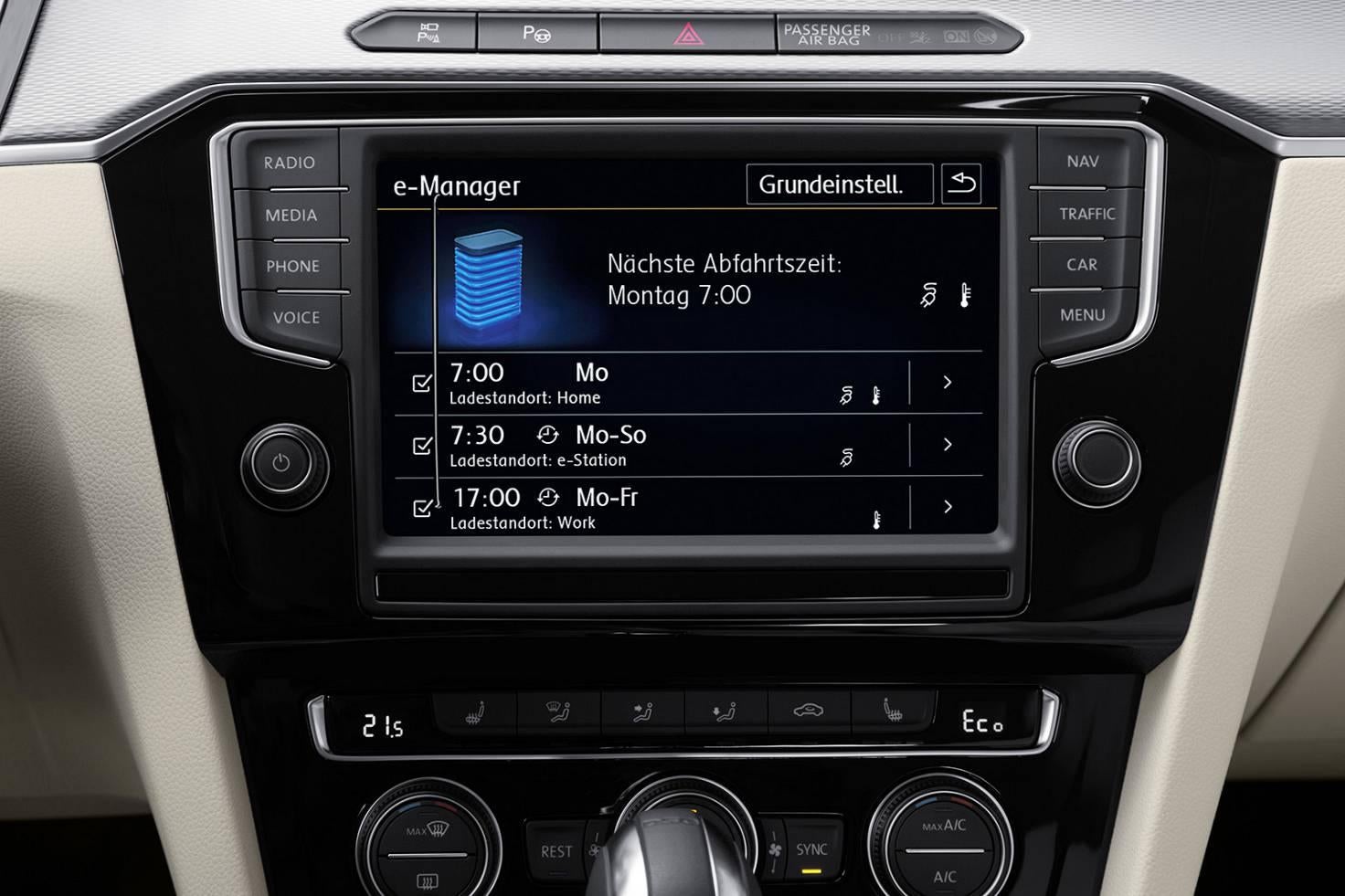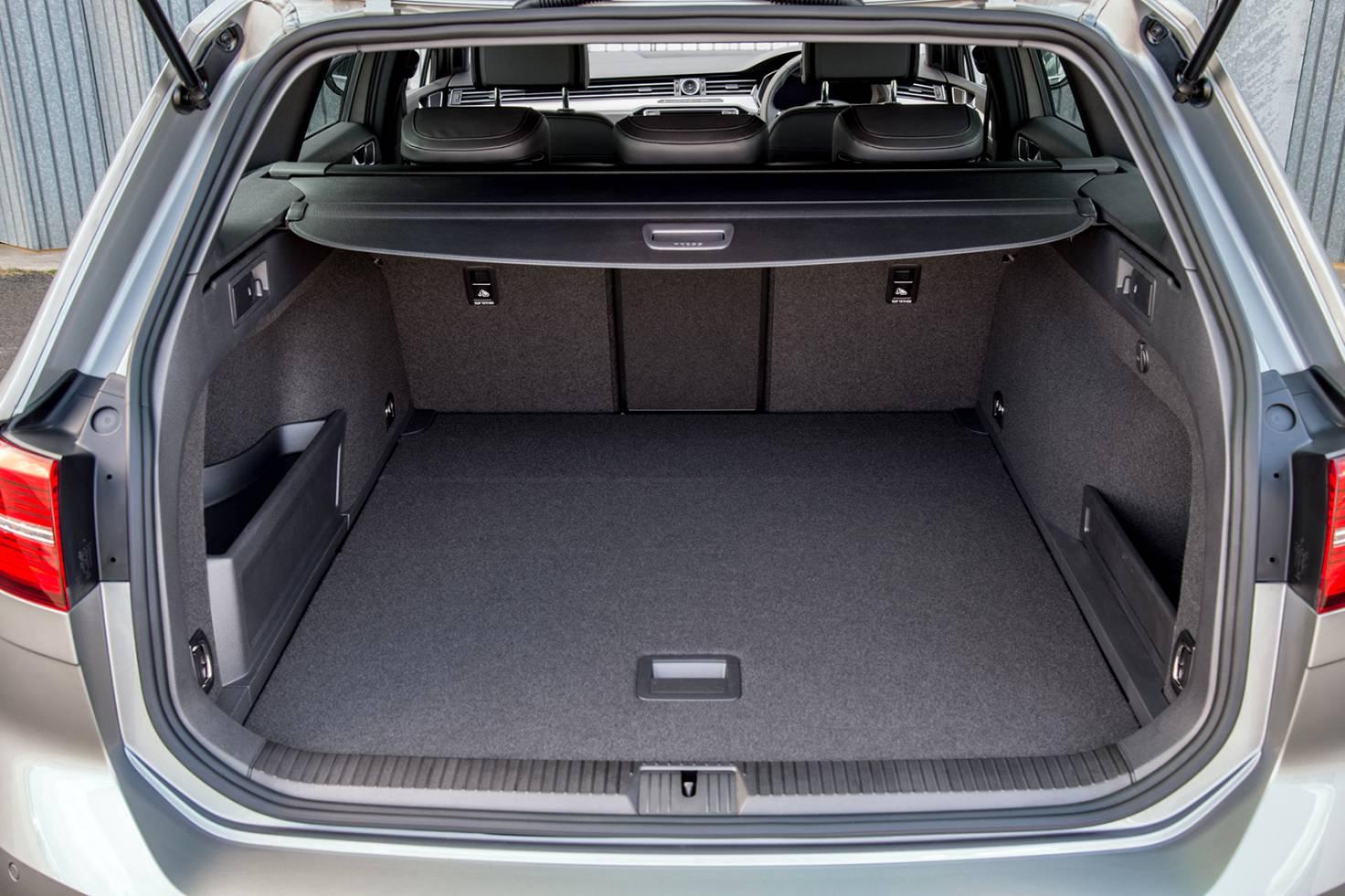Review: the hybrid VW Passat Estate
Classy family estate tested in petrol-electric hybrid form.

Your support helps us to tell the story
From reproductive rights to climate change to Big Tech, The Independent is on the ground when the story is developing. Whether it's investigating the financials of Elon Musk's pro-Trump PAC or producing our latest documentary, 'The A Word', which shines a light on the American women fighting for reproductive rights, we know how important it is to parse out the facts from the messaging.
At such a critical moment in US history, we need reporters on the ground. Your donation allows us to keep sending journalists to speak to both sides of the story.
The Independent is trusted by Americans across the entire political spectrum. And unlike many other quality news outlets, we choose not to lock Americans out of our reporting and analysis with paywalls. We believe quality journalism should be available to everyone, paid for by those who can afford it.
Your support makes all the difference.Volkswagen’s Passat Estate GTE has few real rivals. Mainstream saloons and hatches such as the Ford Mondeo and Mazda 6 don’t come in equivalent petrol-electric hybrid form, while the BMW 330e hybrid exec is smaller and more costly.
The GTE is powered by a refined, punchy-feeling 1.4-litre TSI turbo teamed with an electric motor and a six-speed dual-clutch gearbox. It can travel up to 31 miles in pure electric mode, although once it reverts to petrol power its economy drops significantly. As with all hybrids, this can dent real-world efficiency.
Driving

The extra weight of the Passat GTE’s batteries and motor does reflect in the ride, but standard-fit adaptive dampers still manage to keep things comfortable, if not quite as smooth as in the conventional model. The regenerative-braking system takes a little getting used to as well.
On the upside, hybrid power makes this the most potent model in the otherwise diesel-only Passat range, and it has a progressive throttle response and smooth transition between electric and petrol power, too.
Handling of this front-wheel-drive GTE isn’t the best, but the steering weighting is precise and the grip confidence inspiring. The overall feeling is one of composure and satisfaction in most situations. Refinement is very impressive. The standard Passat is already one of the quietest saloons in its class, and the hybrid is even more so.
Cabin layout

Driver comfort in the Passat Estate GTE is excellent, with electric seat adjustment and adjustable lumbar support on the broad, comfortable seats, plus good visibility out, especially at night thanks to LED headlights. Standard-fit parking sensors are a boon.
The dash is classier than that of the Mondeo and other rivals, with fabulous build quality, plenty of soft-touch materials and smart styling. A logically laid-out, easy-to-use 6.5in colour touchscreen is fitted as standard, and infotainment features include great Bluetooth and DAB connectivity plus sat-nav. The full-size 8.0in touchscreen comes as part of the extra-cost GTE Advance trim.
Space and practicality

The Passat GTE is available as a saloon as well as an estate. There is plenty of space in both for four leggy adults, and the additional hybrid gubbins don’t infringe on load space – although they do mean you can no longer carry a spare tyre under the boot floor.
While the saloon’s smaller boot can be easily extended by folding the rear seats, this does leave a bit of a step in the floor and the narrow boot opening restricts loading ability. Meanwhile, the Passat Estate is one of the biggest and best family load-carriers in this market, with a large opening and square boot – and for not that much more money than the saloon.
Costs and verdict
The Passat GTE saloon starts at £34,025 (including the Government’s £2500 plug-in car grant), and the estate is an extra £3,655. This makes the GTE more expensive than its standard diesel stablemates, and means the model makes sense only if your mileage, lifestyle and usage allow plenty of electric-only running and thus mean adequate fuel savings to justify the extra initial cost.
Paying monthly? PCP finance costs are higher, too, and make sure you factor in those real-world petrol costs if you plan on doing plenty of internal-combustion motoring. On test, we returned 37.4mpg.
Low CO2 emissions mean company car drivers benefit from lower monthly tax payments than for the diesels, but contract hire is more expensive, which may put off fleet providers who lease their vehicles.
You get a lot of standard-fit kit for your money: three-zone climate control, adaptive cruise control, full connectivity, emergency automatic braking plus auto lights, wipers and parking sensors are all included. A three-year, 60,000-mile warranty is standard and can be extended for a reasonable sum.
Sarah Bradley is a writer for WhatCar.
Join our commenting forum
Join thought-provoking conversations, follow other Independent readers and see their replies
Comments